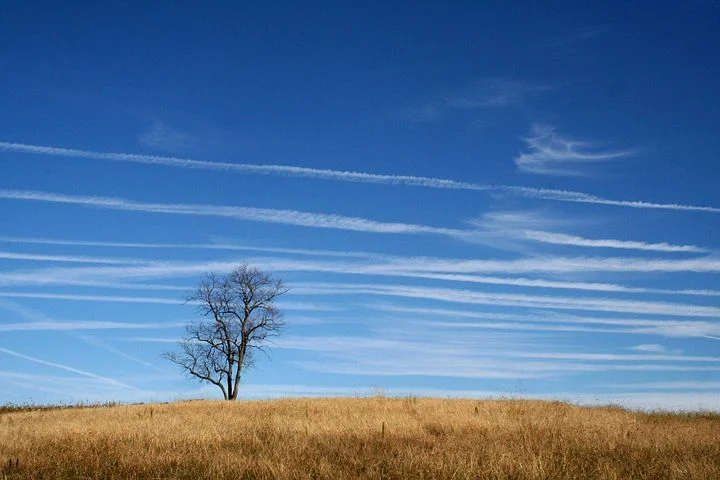Kansas
Unveiling Kansas: A Comprehensive Overview
Kansas, a Midwestern U.S. state, is a name that resonates with rich history, abundant natural beauty, and cultural diversity. Nestled in the heartland of America, it showcases a unique blend of Native American heritage and Western influence. Let’s dive into the numerous aspects that make Kansas an intriguing state to explore.
A Glimpse into the Origins and Naming of Kansas
The name Kansas is rooted in the language of the Algonquian-speaking Quapaw people, who were known as Akansa. These individuals, who were a part of the Dhegiha Siouan-speaking tribe, had settled in Arkansas around the 13th century. The stem -kansa is a tribute to the Kaw people, who are also known as the Kansa. This Native American tribe is federally recognized and played a significant role in shaping the state’s cultural fabric.
The Seed of Settlement and the Winds of Change
The first Euro-American settlement in Kansas was established at Fort Leavenworth in 1827. However, it was in the 1850s that the pace of settlement quickened, amidst the political turmoil over the issue of slavery. The U.S. government officially opened Kansas to settlement in 1854 with the Kansas-Nebraska Act. This led to an influx of abolitionist Free-Staters from New England and pro-slavery settlers from neighboring Missouri. The objective was to determine whether Kansas would become a free state or a slave state. This period was marked by violence and chaos, earning the territory the nickname “Bleeding Kansas”. The abolitionists emerged victorious, and Kansas was admitted to the Union as a free state on January 29, 1861.
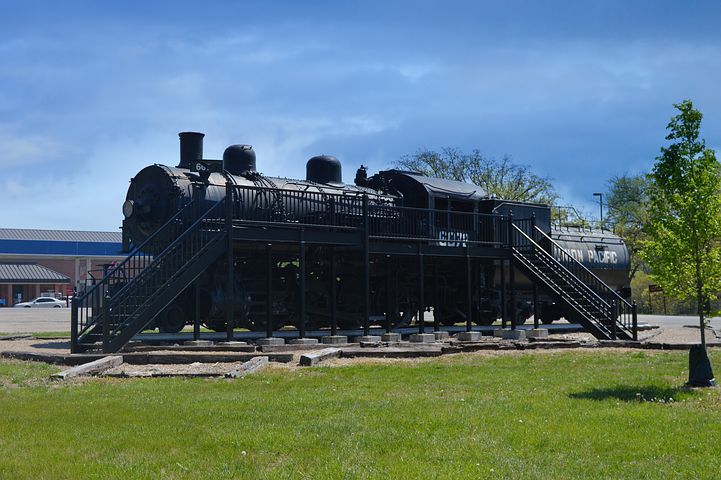
The Land and its Geographic Significance
Kansas, with its expansive area of 82,278 square miles, is the 15th-largest state by area in the U.S. It is bordered by Nebraska to the north, Missouri to the east, Oklahoma to the south, and Colorado to the west. Its geographic center lies in Barton County. Remarkably, Kansas is equidistant from the Pacific and Atlantic oceans. The state’s highest point, Mount Sunflower, stands tall at 4,039 feet.
Delving into the Geological and Topographical Wonders
Kansas is underlaid by a series of sedimentary rocks, sloping gently westward. These rocks, belonging to the Mississippian, Pennsylvanian, and Permian ages, crop out in the eastern and southern parts of the state. The western region of the state, on the other hand, reveals Cretaceous through Tertiary sediments, the remnants of the uplifted Rocky Mountains to the west.
Contrary to popular belief, Kansas is not the flattest state in the nation. Rather, it has a maximum topographic relief of 3,360 ft, making it the 23rd flattest U.S. state measured by maximum relief. The state’s topography is characterized by the flat or undulating surface of the great central plain in the western two-thirds, while the eastern third is adorned with hills and forests.
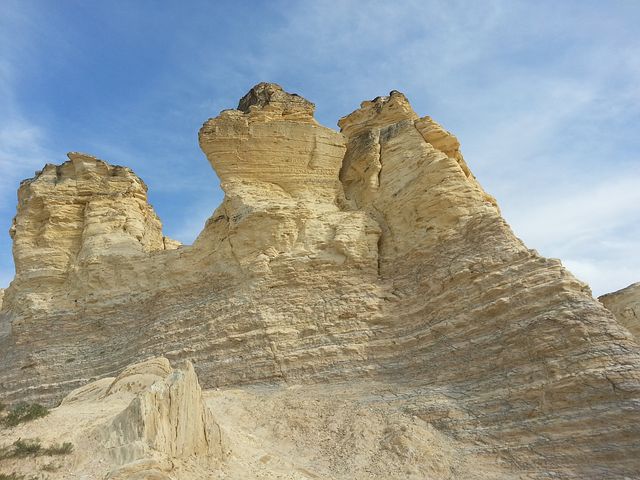
Kansas: A Riverine State
The state is home to several rivers, including the Missouri River which defines nearly 75 miles of the state’s northeastern boundary. The Kansas River, formed by the convergence of the Smoky Hill and Republican rivers, joins the Missouri River at Kansas City. The Arkansas River, originating in Colorado, flows across the western and southern portions of the state, forming the southern drainage system of the area.
National Parks and Historic Sites: Preserving Natural and Cultural Heritage
Kansas houses several sites protected by the National Park Service, which play a crucial role in conserving the state’s natural beauty and cultural heritage.
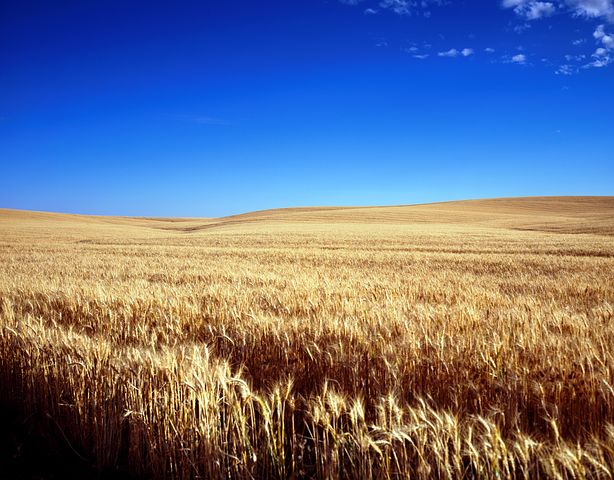
The Diverse Flora and Fauna of Kansas
Kansas is home to a diverse range of plant and animal species. Currently, there are 238 species of rare animals and 400 rare plants found in the state. Common animal species include deer, mice, raccoons, and a variety of birds and insects. The state’s grasses like the Eastern Gama Grass, Prairie Dropseed, and Indian Grass are also notable.
Understanding Kansas’s Climate
Kansas’s climate can be classified into three categories: humid continental, semi-arid steppe, and humid subtropical. While the eastern part of the state experiences a humid continental climate with cold winters and hot, humid summers, the western third has a semi-arid steppe climate with hot, less humid summers, and very cold to warm winters. The south-central and southeastern parts, including Wichita, have a humid subtropical climate with hot, humid summers, mild winters, and more precipitation.
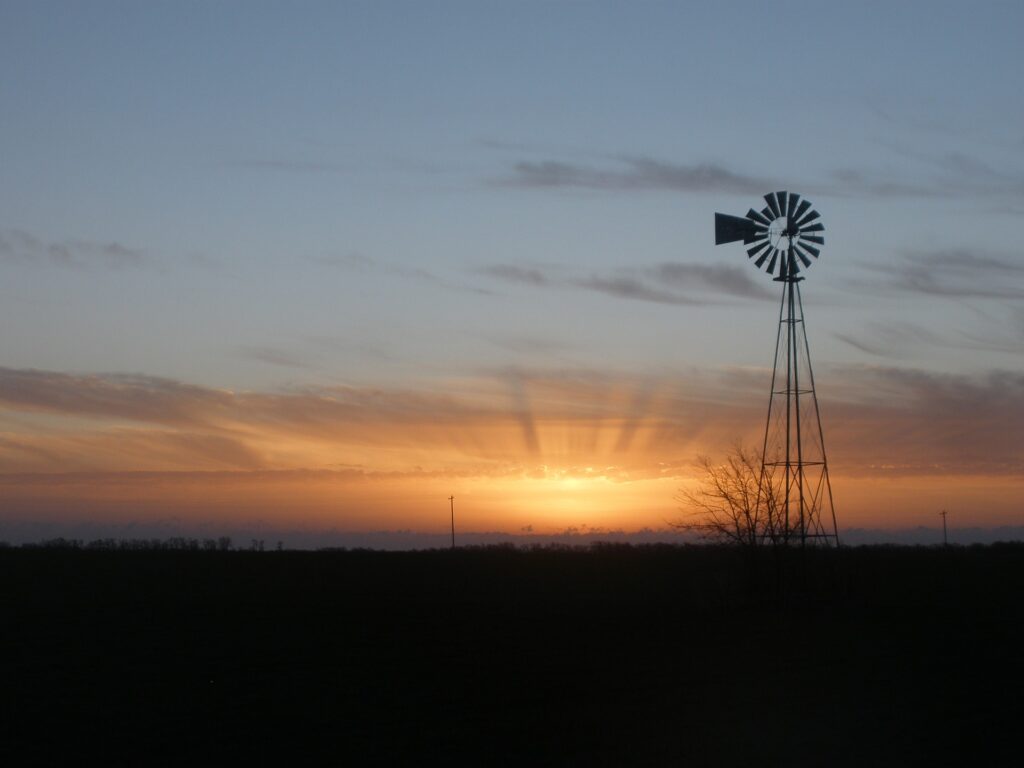
Kansas is a state of contrasts – from its diverse landscapes and climate to its tumultuous history and rich cultural heritage. A deep dive into its various facets reveals that there’s much more to this Midwestern state than meets the eye. Whether you’re a history buff, a nature lover, or a curious traveler, this beautiful state has something to offer for everyone.
